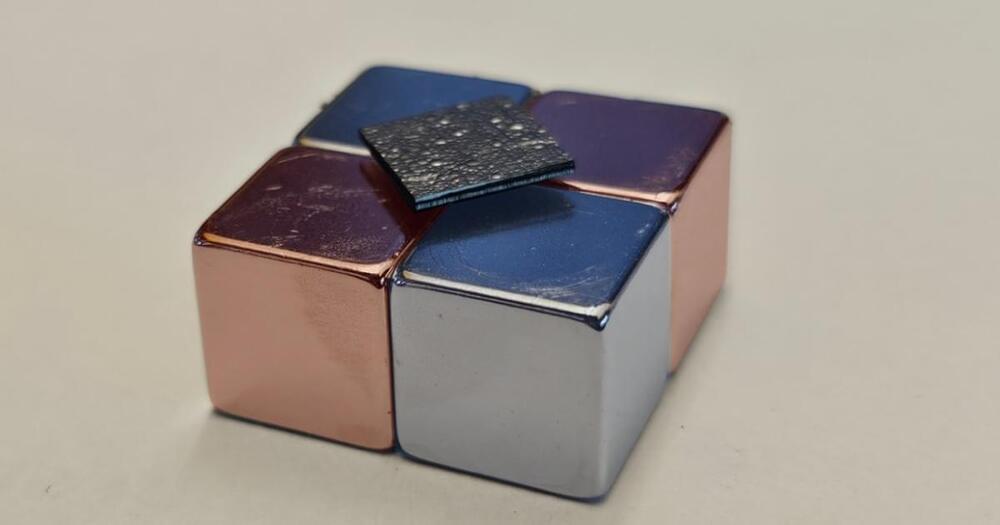Oct 13, 2024
New Organic Thermoelectric device that can Harvest Energy at Room Temperature
Posted by Natalie Chan in categories: energy, materials
Researchers have succeeded in developing a framework for organic thermoelectric power generation from ambient temperature and without a temperature gradient. Thermoelectric devices are devices that can convert heat into electrical energy. Researchers have now developed a thermoelectric device composed of organic materials that can generate electricity from ambient temperature alone. The device is made from copper phthalocyanine and copper hexadecafluoro phthalocyanine as charge $transfer materials and was combined with fullerenes and BCP as electron transport layers.
Researchers have developed a new organic thermoelectric device that can harvest energy from ambient temperature. While thermoelectric devices have several uses today, hurdles still exist to their full utilization. By combining the unique abilities of organic materials, the team succeeded in developing a framework for thermoelectric power generation at room temperature without any temperature gradient. Their findings were published in the journal Nature Communications.
Thermoelectric devices, or thermoelectric generators, are a series of energy-generating materials that can convert heat into electricity so long as there is a temperature gradient — where one side of the device is hot and the other side is cool. Such devices have been a significant focus of research and development for their potential utility in harvesting waste heat from other energy-generating methods.

















